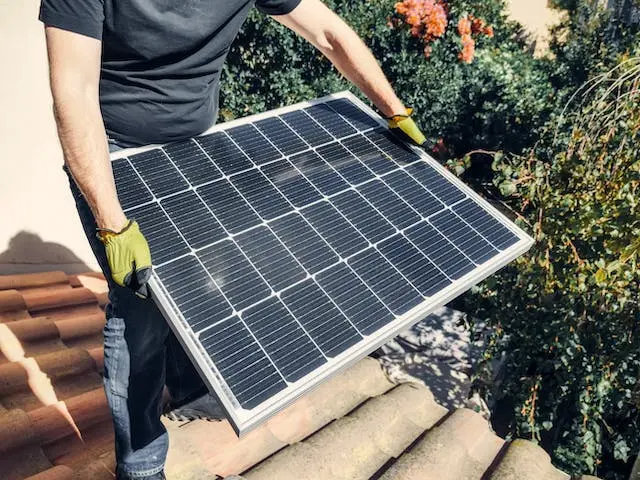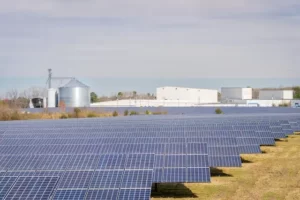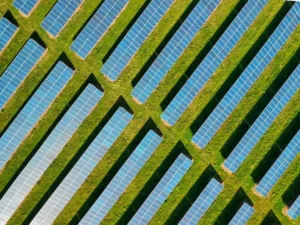
If you’ve been considering installing residential solar panels, you might not realize just how much certain factors can influence the overall cost. From government rebates and incentives to the type and number of panels, several key drivers can significantly impact the bottom line of your solar panel investment.
By understanding these influential factors, you can make informed decisions that could lead to substantial savings on your solar panel installation. But how exactly do these factors impact the cost, and what steps can you take to unlock potential savings?
Key Takeaways
- Solar panel efficiency plays a significant role in determining the conversion of sunlight into electricity and the overall performance of the system.
- Labour costs for solar panel installation are influenced by factors such as the complexity of the installation process, roof height, and accessibility.
- Government incentives and rebates can significantly reduce the overall cost of solar panel installation, making it more affordable for homeowners.
- Determining the appropriate system size and capacity based on energy consumption and optimizing panel orientation can lead to optimal savings and environmental benefits.
Assessing Solar Panel Efficiency
Assessing solar panel efficiency is crucial for determining how effectively your panels will convert sunlight into electricity. It involves evaluating the amount of power produced per unit of sunlight received. This assessment is essential as high-efficiency solar panels may cost more upfront but can generate more electricity over their lifespan, making them a valuable long-term investment.
When evaluating solar panel efficiency, factors such as temperature coefficient and degradation rate play a significant role in determining the panels’ long-term performance. The degradation rate refers to the rate at which the efficiency of solar panels decreases over time. Understanding these factors is vital for optimizing system performance and ensuring that your solar panels continue to generate electricity efficiently throughout their lifespan.
Calculating Installation Labor Costs
When determining the cost of installing residential solar panels, it’s essential to calculate the labour costs based on the time and complexity of the installation process. Evaluating workforce requirements and estimating construction and electrical expenses are crucial steps in this calculation.
To help you understand the factors that impact labour costs, consider the following table:
|
Factors
|
Considerations
|
|---|---|
|
Time Required
| Longer installation times can increase labour costs. |
|
Complexity
| Factors such as roof height and accessibility can impact the level of effort required. |
|
Manpower
| Larger systems may require more installers, affecting labour costs. |
|
Construction Work
| Additional construction requirements can influence overall labour expenses. |
|
Electrical Work
| Evaluating electrical needs is essential for accurate labour cost estimation. |
Exploring Solar Incentives and Rebates
If you’re considering residential solar panel installation, exploring solar incentives and rebates can significantly reduce your overall costs. Government support plays a crucial role in making solar energy more affordable. Incentives and rebates, such as the Renewable Energy Target Scheme and Small-scale Renewable Energy Scheme, are designed to lower the cost of installing a solar system.
Additionally, various state-specific programs offer financial benefits for residential solar systems, further enhancing the appeal of solar energy. Integrating battery storage is another way to maximize your solar savings. It allows you to store excess energy generated by your solar panels and use it during peak demand periods, reducing your reliance on the grid.
Time-of-use tariffs also provide an opportunity to optimize your solar power usage. By scheduling high-energy consumption activities during off-peak hours, you can take full advantage of the energy generated by your solar system. When combined with reputable solar installers and high-quality solar components, these incentives and rebates can make residential solar panel installation a financially savvy choice.
Determining System Size and Capacity
To determine the size and capacity of your residential solar panel system, start by finding your energy consumption on your electricity bill. Identify your average monthly usage in kilowatt-hours (kWh) and consider historical energy consumption patterns, including seasonal variations in energy usage. This will give you a clear understanding of your energy needs and help you determine the right system size to meet your requirements.
Additionally, it’s crucial to assess the amount of sunlight received by your roof. Analyzing shading impact and determining optimal orientation will enable you to maximize the efficiency of your solar panels. By understanding these factors, you can accurately assess the size and capacity of the solar panel system needed to cover your energy consumption.
This approach ensures that your solar panel system is tailored to your specific energy needs, helping you achieve optimal savings and environmental benefits.
Facts About The Residential Solar Panel Costs
- 💸 Hidden Installation Costs: The actual cost of residential solar panels often excludes additional expenses like installation, permits, and electrical upgrades, contributing to higher overall costs.
- 🔄 Return on Investment Delays: Despite long-term savings, the return on investment for solar panels may take several years, and the initial upfront costs can be a barrier for some homeowners.
- ☁️ Weather Impact: Surprisingly, some solar panels can perform better in cooler temperatures, and their efficiency may drop during excessively hot weather, challenging common beliefs about solar energy production.
- 🌍 Geographic Influences: The location of a residence significantly affects solar panel efficiency. Factors like latitude, climate, and shading can impact the overall effectiveness of a solar energy system.
- 🏡 Home Resale Value Boost: Homes equipped with solar panels tend to have a higher resale value. However, the increase might not always equal the full cost of the solar panel system.
- 🔧 Maintenance Expenses: While solar panels are low-maintenance, unexpected repair costs can arise, such as fixing inverters or replacing damaged panels, impacting the overall cost-effectiveness.
- 📈 Technological Advances Impact Costs: Ongoing advancements in solar technology could lead to decreased costs over time, making it worthwhile for some homeowners to wait before investing in solar panels.
- 🌞 Seasonal Variations: Solar panel efficiency fluctuates with the seasons due to changes in sunlight intensity and duration, affecting energy production and potentially altering the overall cost-effectiveness.
- 📐 Customization Costs: Tailoring a solar energy system to fit specific architectural features or unique homeowner preferences can increase the overall cost, emphasizing the importance of standard installations.
- 🔄 Leasing Misconceptions: While leasing solar panels might seem cost-effective initially, it may result in higher overall expenses in the long run compared to purchasing outright, depending on the lease terms and agreements.
Frequently Asked Questions
What Is the Solar Rebate in Australia 2023?
In 2023, the solar rebate in Australia is a government incentive designed to help with the cost of installing solar panels. It can significantly reduce the overall price, making solar energy more accessible for homeowners.
How Much Does a 10kW Solar System With Battery Cost?
The cost breakdown of a 10kW solar system with batteries ranges from $7,600 to $14,100. The installation process involves considering factors like government rebates, contractor fees, panel and inverter types, roof height, and material.
How Much Money Do You Save With Solar Panels?
You save money with solar panels through cost savings on your energy bills and potential government incentives. Plus, you make a positive environmental impact by reducing your carbon footprint. It’s a win-win!
Is 10kW Solar Enough for a House?
Sure, a 10kW solar system can be enough for a house, depending on your residential energy usage and solar panel efficiency. It’s essential to consider these factors when determining if it’s the right fit for you.
Conclusion
Now that you know the top drivers of residential solar panel costs, you can make informed decisions to save money.
Assess the efficiency of the panels, calculate labour costs, explore incentives and rebates, and determine the right system size for your home.
By understanding these factors, you can unlock savings and take advantage of government incentives to make your residential solar panel installation more affordable.


